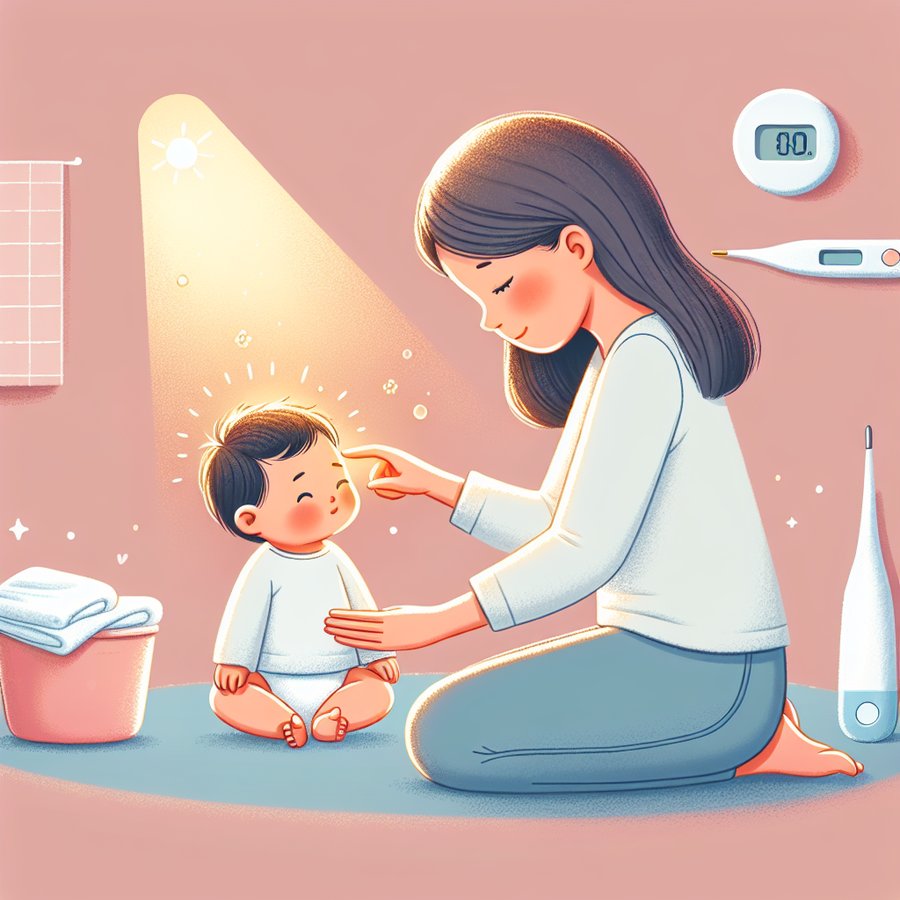Understanding and treating infant jaundice at home is pivotal for many parents who notice their newborns developing a yellowish tint in their skin and eyes shortly after birth. Jaundice in infants is relatively common, affecting approximately 60% of full-term babies and 80% of preterm babies to some degree. However, with proper knowledge and care, managing this condition at home can be straightforward and stress-free.
What is Infant Jaundice and Why Does it Happen?
Infant jaundice is caused by a buildup of bilirubin, a yellow pigment produced during the normal breakdown of red blood cells. In adults and older children, the liver processes bilirubin, which is then eliminated through stool. However, a newborn’s liver is often not mature enough to efficiently remove bilirubin from the bloodstream, leading to jaundice.
Several factors can contribute to the development of jaundice in infants, including prematurity, breastfeeding challenges, and conditions that increase red blood cell breakdown. Understanding these factors is crucial for parents to effectively monitor and manage jaundice symptoms at home.
Understanding and Treating Infant Jaundice at Home
When it comes to treating infant jaundice at home, sunlight exposure is often recommended. Bilirubin absorbs sunlight, which helps to break it down into a form that can be more easily processed by the infant’s liver. Placing your baby near a well-lit window for short periods throughout the day can be beneficial. However, it’s important to avoid direct sunlight and to monitor the baby’s temperature and hydration closely.
Frequent breastfeeding is another effective strategy for managing jaundice at home. Breastfeeding provides the necessary fluids to help eliminate bilirubin through the baby’s stool and urine. For babies having difficulty breastfeeding, consulting a lactation expert can provide the support needed to ensure successful feeding practices.
When to Seek Medical Advice
While understanding and treating infant jaundice at home is possible, there are certain scenarios where seeking medical advice is crucial. If the baby’s jaundice appears to be worsening, or if the infant shows signs of illness such as fever, lethargy, or difficulty feeding, immediate medical attention is necessary. Additionally, if home treatments do not seem to reduce the jaundice within a week or two, consulting a pediatrician is advisable.
Doctors may suggest phototherapy, a treatment that uses special lights to break down bilirubin in the skin. In more severe cases, a blood transfusion might be required to rapidly decrease bilirubin levels. Early intervention and treatment are key to preventing potential complications associated with high levels of bilirubin.
In conclusion, understanding and treating infant jaundice at home involves recognizing the symptoms, ensuring adequate sunlight exposure and frequent breastfeeding, and knowing when to seek medical advice. With the right approach, parents can effectively manage this condition, ensuring their newborn’s health and well-being. For more tips on managing common infant health concerns, check out our guides on Understanding Infant CPR, Sun Protection Tips for Babies, and Dealing with Diaper Rashes.
For an in-depth look into the medical perspective on jaundice and its treatments, consider visiting the Mayo Clinic’s comprehensive guide on the topic.













